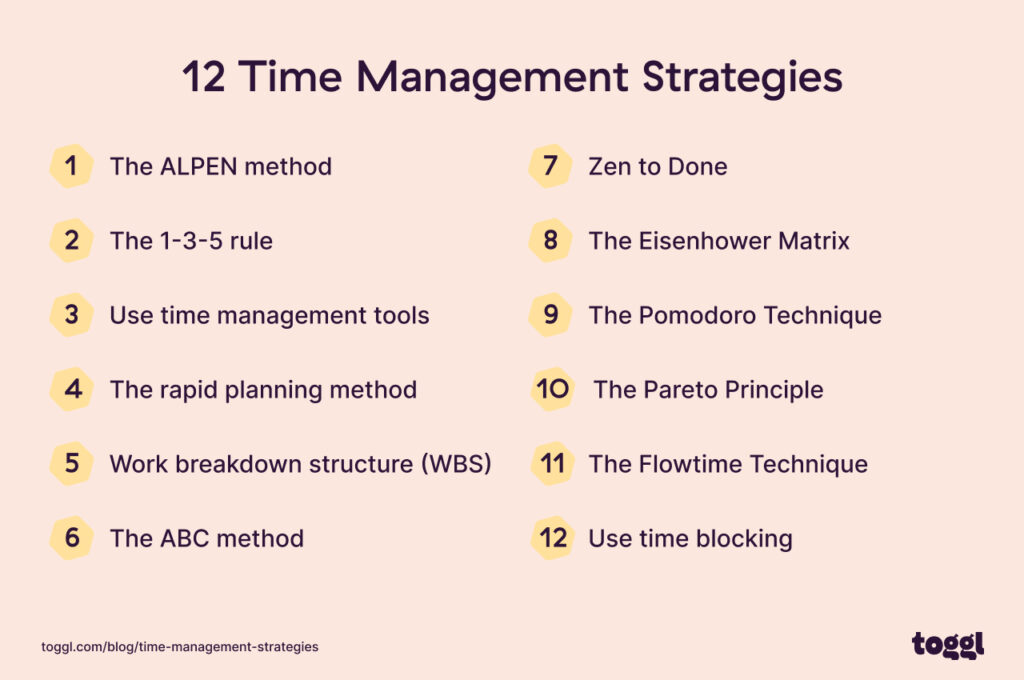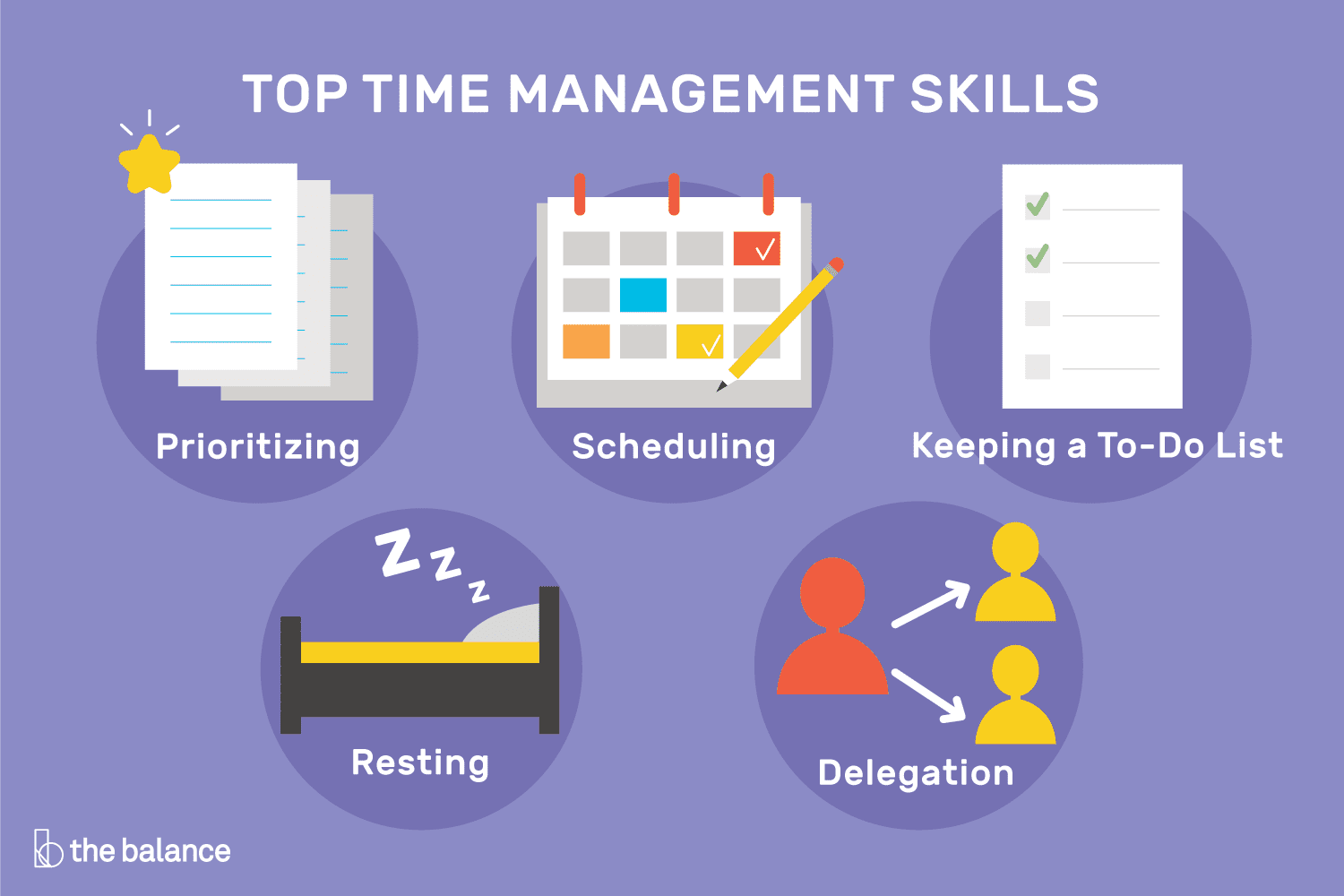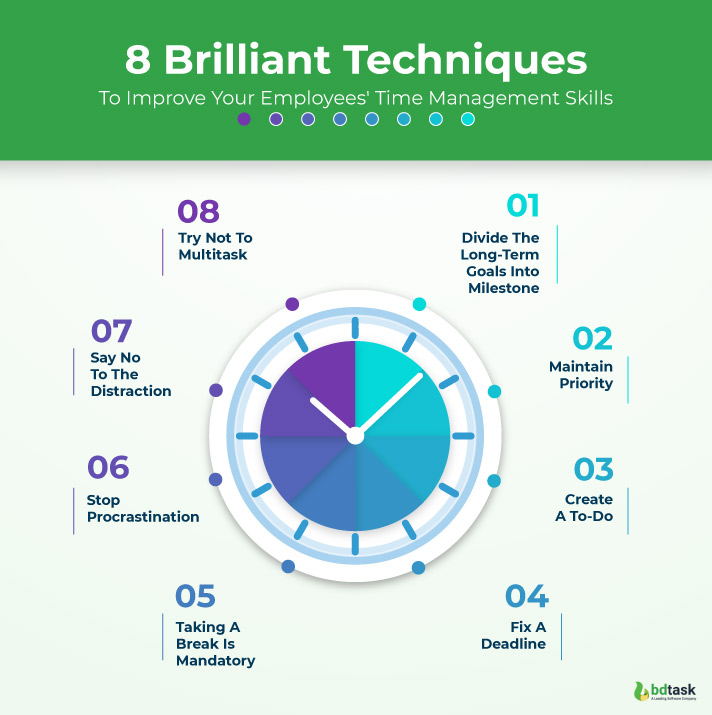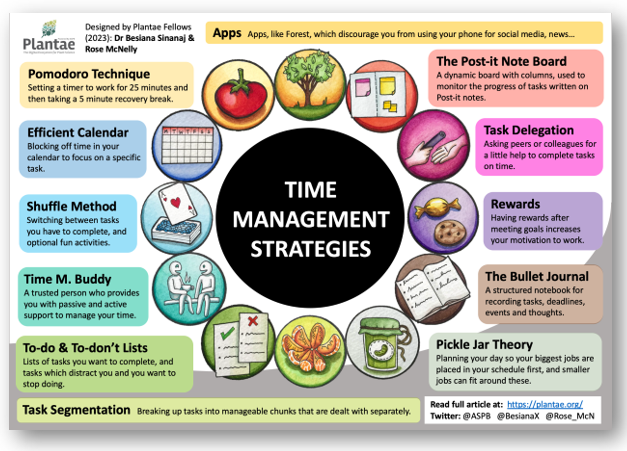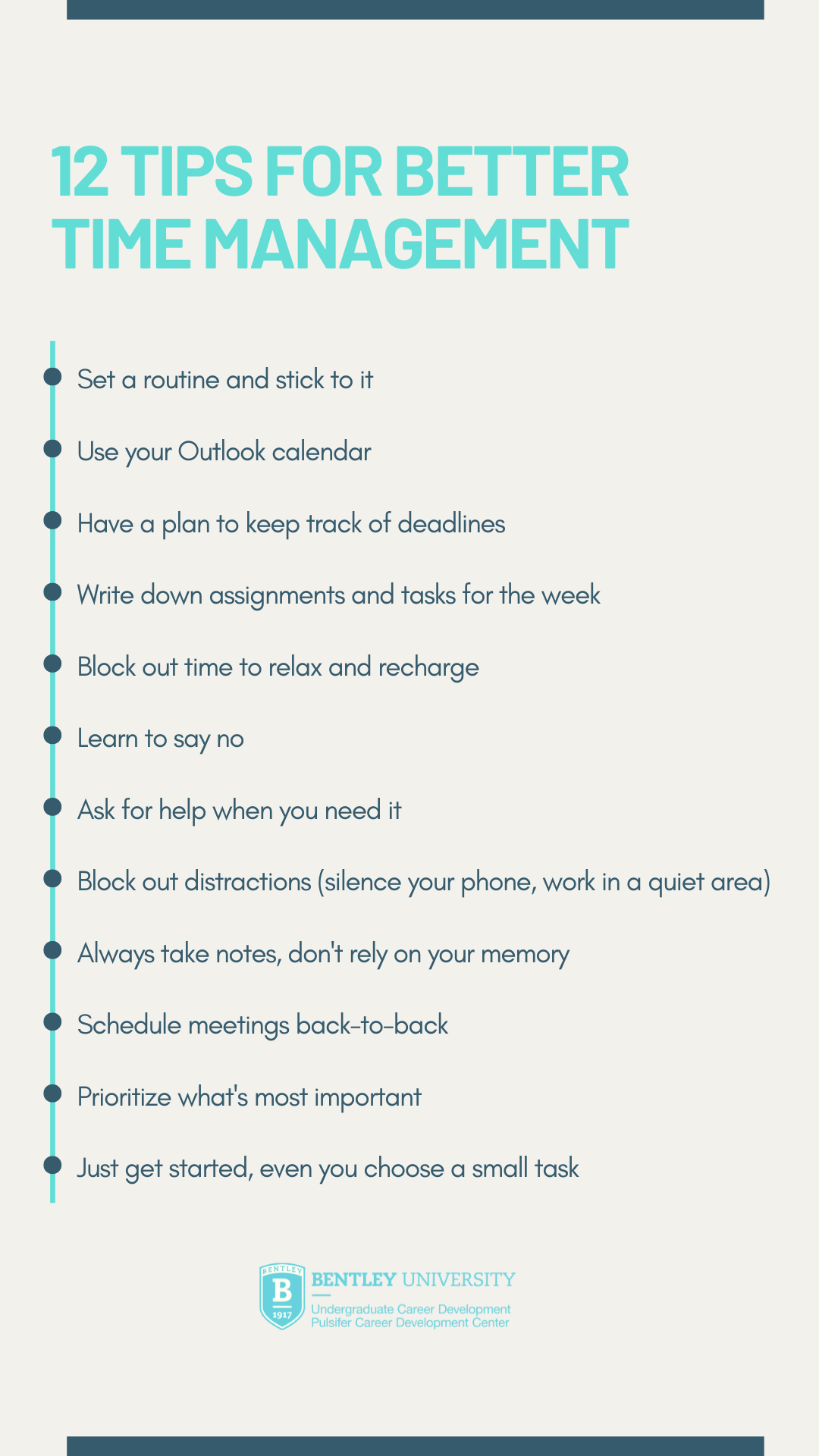Popular Tools And Techniques To Improve Time Management
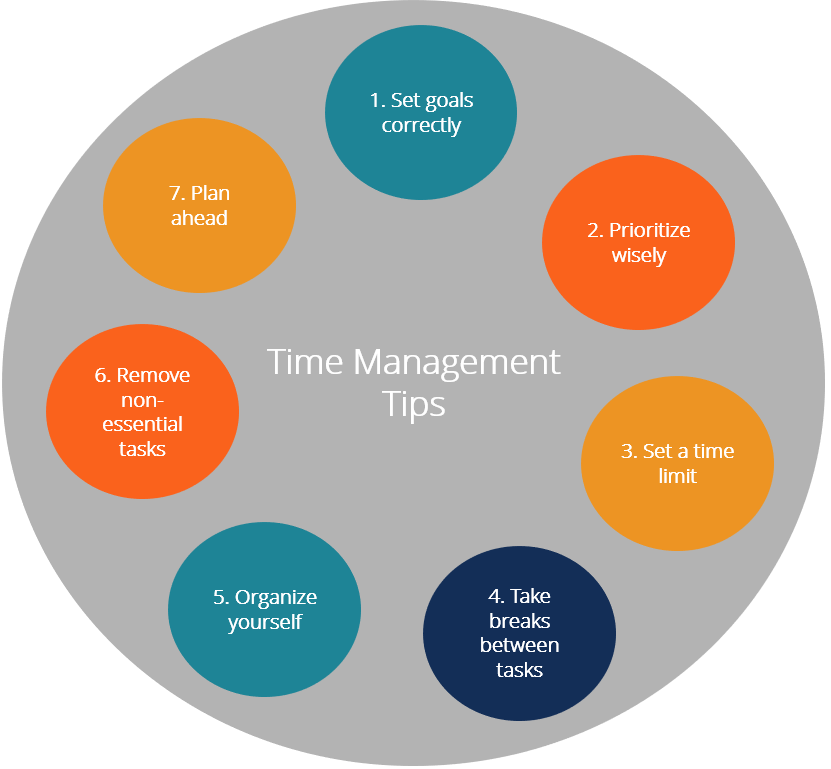
Time slipping through your fingers? Overwhelmed by deadlines? You're not alone. Experts reveal top strategies to reclaim control and boost productivity.
This article cuts through the noise, delivering immediately actionable techniques and tools to master time management, helping you achieve more with less stress.
Prioritization Power: Conquer the Urgent First
Eisenhower Matrix: This classic tool categorizes tasks into Urgent/Important, Important/Not Urgent, Urgent/Not Important, and Neither. Focus ruthlessly on the Urgent/Important quadrant to avoid crisis management.
Pareto Principle (80/20 Rule): Identify the 20% of your activities that yield 80% of your results. Prioritize those high-impact tasks. Eliminate or delegate the rest.
Task Batching: Group similar tasks together to minimize context switching and maximize efficiency. For example, dedicate a specific block of time solely to answering emails.
Technology to the Rescue: Digital Tools for Time Mastery
Project Management Software: Tools like Asana, Trello, and Monday.com provide visual dashboards for tracking progress, assigning tasks, and setting deadlines. Teams report up to a 30% increase in project completion rates using these platforms.
Time Tracking Apps: Toggl Track and RescueTime monitor how you spend your time, revealing time-wasting habits. Users gain valuable insights into their productivity patterns.
Calendar Management Tools: Google Calendar and Microsoft Outlook Calendar are indispensable for scheduling appointments, setting reminders, and blocking out focus time. Color-coding appointments improves organization.
Mindfulness and Focus: Eliminating Distractions
Pomodoro Technique: Work in focused 25-minute bursts followed by a 5-minute break. After four cycles, take a longer 20-30 minute break. This structured approach combats procrastination.
Time Blocking: Allocate specific blocks of time for specific tasks. Treat these blocks as non-negotiable appointments. This helps protect your focus time.
Minimize Distractions: Turn off notifications, close unnecessary tabs, and communicate your availability to colleagues. Studies show that it takes an average of 23 minutes to regain focus after an interruption.
Delegation and Automation: Offload and Streamline
Delegation: Identify tasks that can be effectively handled by others. Freeing up your time allows you to concentrate on higher-level responsibilities.
Automation Tools: IFTTT and Zapier automate repetitive tasks, saving valuable time. Automate social media posting, data entry, and email responses.
Outsourcing: Consider outsourcing tasks such as administrative work, bookkeeping, or social media management. Virtual assistants can significantly reduce your workload.
Ongoing Optimization: Continuous Improvement
Regular Review: Dedicate time each week to review your time management strategies and make adjustments as needed. Reflect on what worked and what didn't.
Seek Training: Explore online courses and workshops to enhance your time management skills. Resources such as Coursera and LinkedIn Learning offer valuable training.
Embrace Flexibility: Be prepared to adapt your strategies as your circumstances change. What works today may not work tomorrow.
Take immediate action. Implement at least one of these techniques today to start reclaiming your time and boosting your productivity. Continuous effort and adaptation are key.
